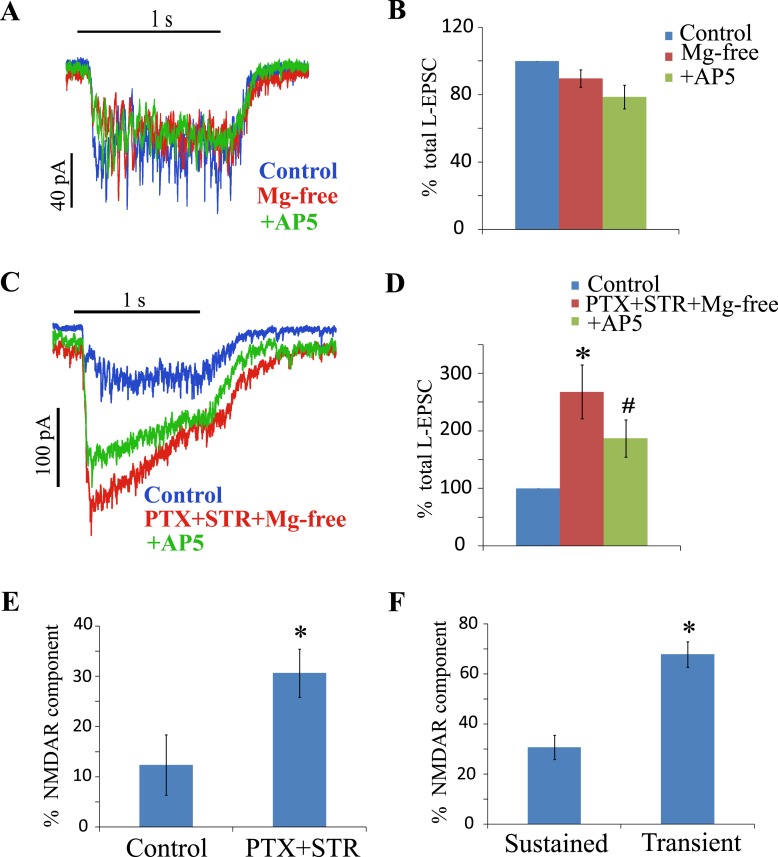Fig 4. Presynaptic inhibition regulates activation of a smaller NMDAR component in sustained cells compared to transient cells.
(A) shows the L-EPSCs of an ON sustained cell under control, then in Mg2+ free Ringer’s solution and then with addition of AP5. (B) shows the relative mean charge transfer during the sustained ON L-EPSC under control, Mg2+ free Ringer’s solution and plus AP5 (n = 8). Mg2+ free Ringer’s solution did not change the L-EPSC significantly compared to control (p = 0.09). AP5 in Mg2+ free Ringer’s solution did not change the L-EPSC significantly compared to Mg2+ free Ringer’s solution (p = 0.08). (C) shows the L-EPSCs of an ON sustained cell under control, PTX+STR in Mg2+ free Ringer’s solution and plus AP5. (D) shows the relative mean charge transfer during the sustained ON L-EPSC under control, PTX+STR in Mg2+ free Ringer’s solution and AP5 (n = 6). PTX+STR in Mg2+ free Ringer’s solution enhanced the L-EPSC compared to control (*p < 0.05). AP5 reduced the PTX+STR enhanced L-EPSC significantly (#p ≤ 0.001). (E) shows the comparison of NMDAR components in control (n = 8) and PTX+STR (n = 6). The NMÚR component in PTX+STR was higher than control (*p < 0.05). (F) shows the comparison of NMDAR components of sustained (n = 6) and transient (n = 6) cells in PTX+STR. The NMDAR component of transient cells is from our previous report [14]. The NMDAR component in transient cells is significantly higher than sustained cells (*p < 0.001).

